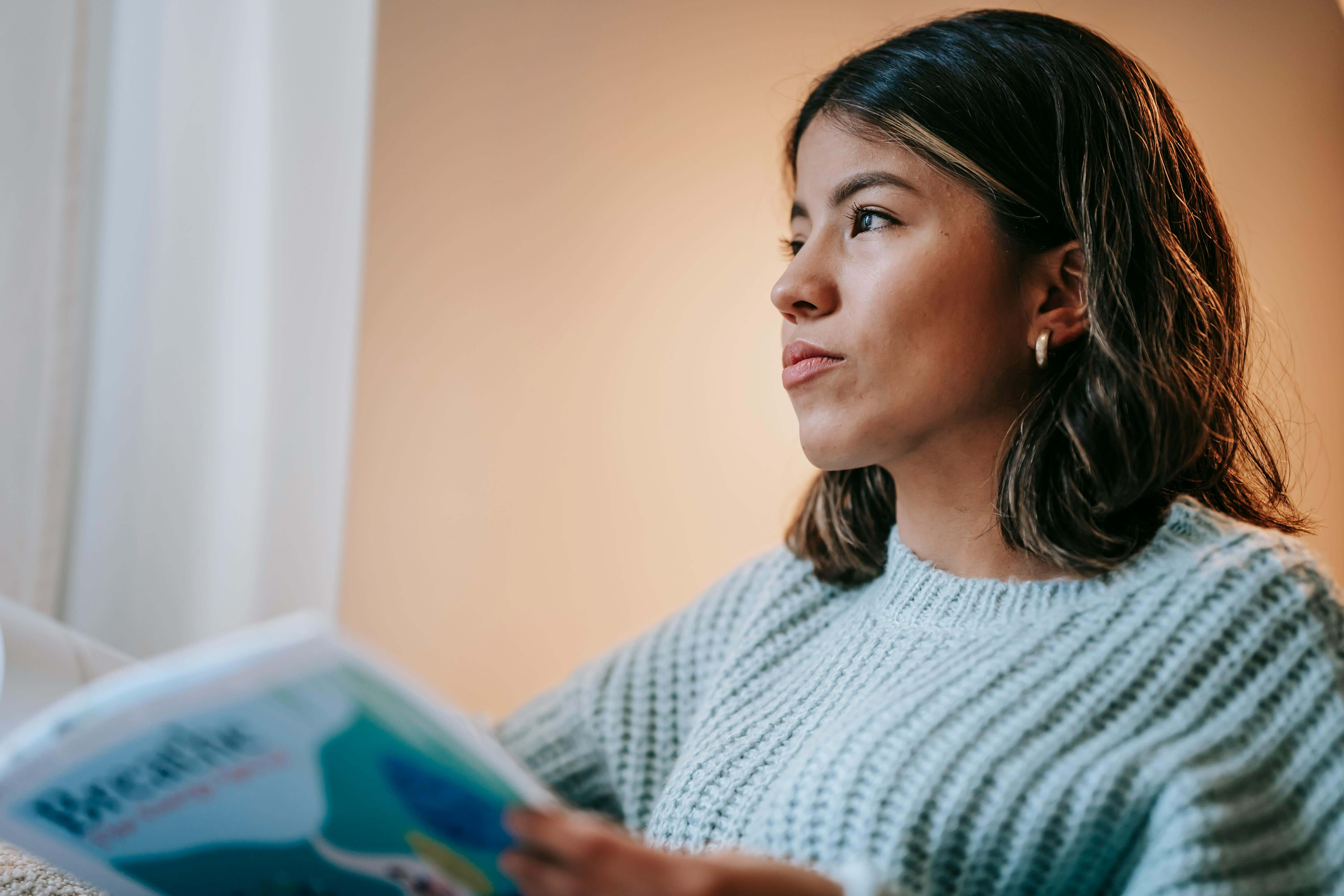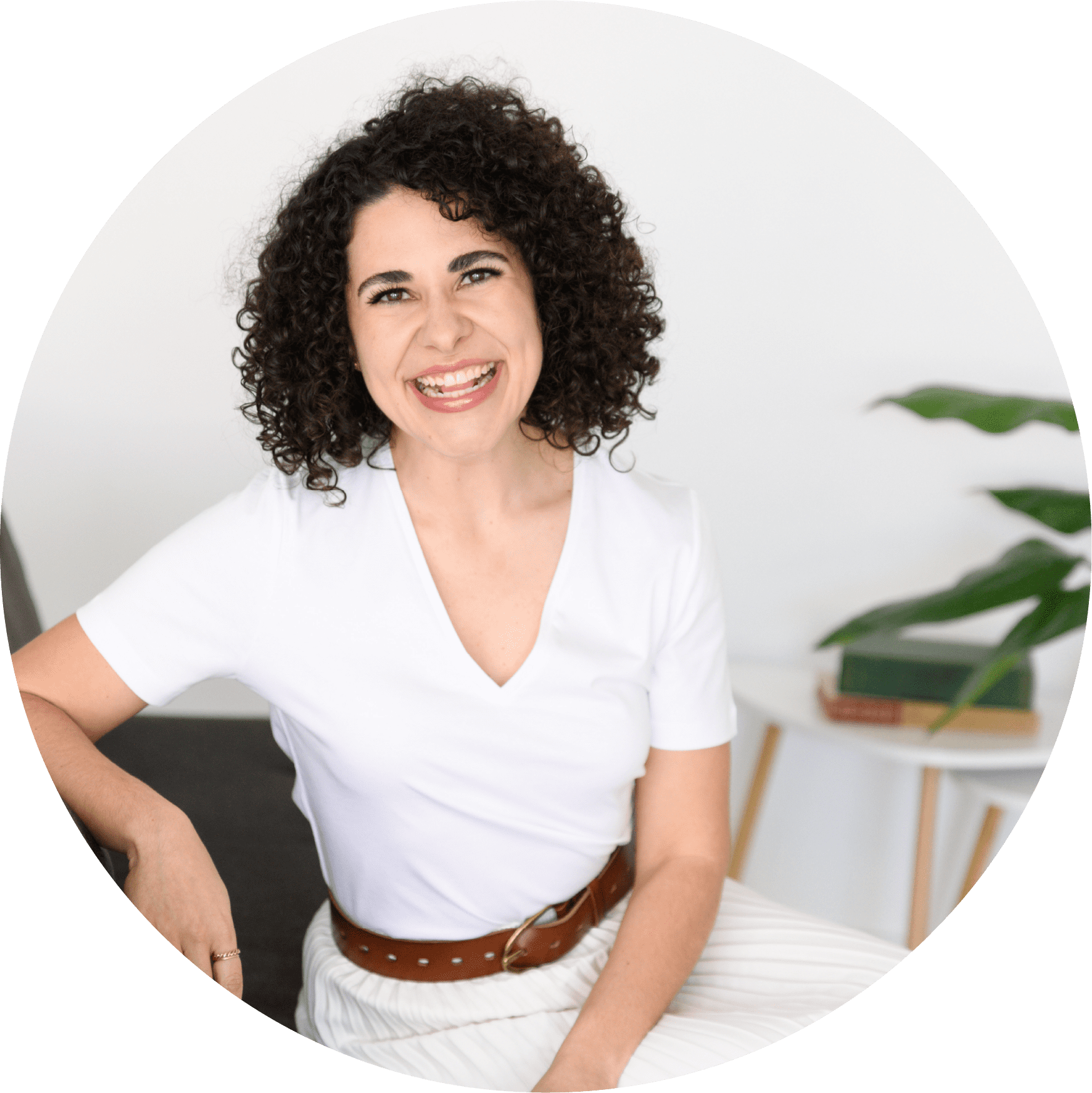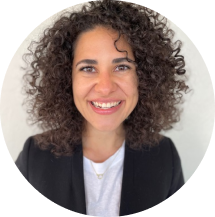Starting counseling in Oklahoma can already be difficult. This can become even more true if you’re struggling with anxiety and panic, as the uncertainty about what this session is going to look like makes things more challenging. You are not alone in this. Although it is impossible to determine everything that will happen in a first session, it can be helpful to get a general idea. Below, we’re going to look over one of the ways that a brainspotting session for panic and anxiety can go.
Find a target sensation or topic
First identify a target sensation that you feel in the body or a target topic that you want to explore.
For example, when working with anxiety and panic, it is likely that a lived experience is very fresh on the mind. This can be a great starting point. For others, the sensation of anxiety is very obvious, and they can feel that or call that back very easily. This isn’t true for everyone so rest assured that there are other ways to do brainspotting. For those that can connect to these experiences and/or sensations, it’s a great starting point for a brainspotting session. Below are a few examples of starting points that might resonate with you.
Examples of a memory could be:
-Getting ready for a speaking engagement
-Attending a social gathering
-Going blank during a conversation
Examples of sensations could be:
– Tightening that happens right below the rib cage and above the stomach. The diaphragm area that starts to get tense or feel like a tube that is congested.
– A weight on the chest that makes it hard for the breath to travel.
Find the Brainspot

Great, you’ve identified your target sensation or topic! What we’ll do from there is find what is called the brain spot. Now I say the brain spot but really, there are several different brain spots that might be helpful . Typically, we will find one to start with. This can be done multiple ways, but today we are talking about using a gaze spot. A gazespot is a place in your field of vision where your eyes naturally want to rest.
I would guide you to then split up the visual field into three quadrants: left, center and right. At each quadrant you would find a place where your eyes want to rest. Then, you would see what happens as you focus on the topic or sensation you identified. When I say “see what happens” what you’re trying to pay attention to is:
Do I feel about the same as I did when I first started talking about this?
Does it feel easier to connect with the sensation or harder to connect to the sensation?
Does the sensation feel more intense or less intense?
If part of you is already getting worried about things like, “Oh my God, how am I supposed to know exactly what’s happening? What if I’m doing it wrong?” This is totally normal!
Please know that your body is giving off cues, and I’m looking for them. So I’m paying attention to you and seeing what your body does, as you look in those three spaces.
For example, in doing a session working on this very topic, I have noticed a yawn, rapid blinking or weird spasm. As I encouraged those doing brainspotting to spend a bit more time in that space, they may notice that there was something activating there. We then get to decide if they want to explore it. I have found that as I build rapport with clients during brainspotting they become better able to do more of their own body and mind attunement.
Process Mindfully with Counseling in OKC
Thirdly, is to trust that you will be taken where you need to go when you allow for processing mindfully. This can be especially helpful with anxiety and panic, because you let whatever comes up have room. You don’t have to know why or understand you get curious about what’s occurring or not with my support, your therapist. Sometimes this processing is quiet and other times talkative. It is most likely that whatever you experience it is in the realm of possibility.

Debrief on the Experience
The last step that I like to throw in is a debriefing. This doesn’t always happen in brainspotting sessions nor does it need to happen. It’s possible that for some of those I am working with, we might change this part up, but often we end brainspotting with a few minutes to spare so that you have a chance to talk about what that was like for you. You get to reflect on the experience and say anything that you might want to say. Debriefing can also be a time to have a little room to just let things sink in and come back into the space again. Sometime those last few minutes are just holding space for silence and letting yourself settle back in. Other times there are things that need to be said or need to be witnessed and this is a great time for that, too.
Wrapping up a General set up for Brainspotting
I hope this gives you just a small taste of what a brain spotting session can look like again. There are very many different ways to do brainspotting. This is simply one, so it’s normal and okay to explore different set ups. As you read this and you continue to feel curious about brainspotting. If you are wondering if it’s the right fit for you, then reach out and book your free consultation with me today Let’s see how brainspotting counseling in OKC can help you make some traction with anxiety and panic.















